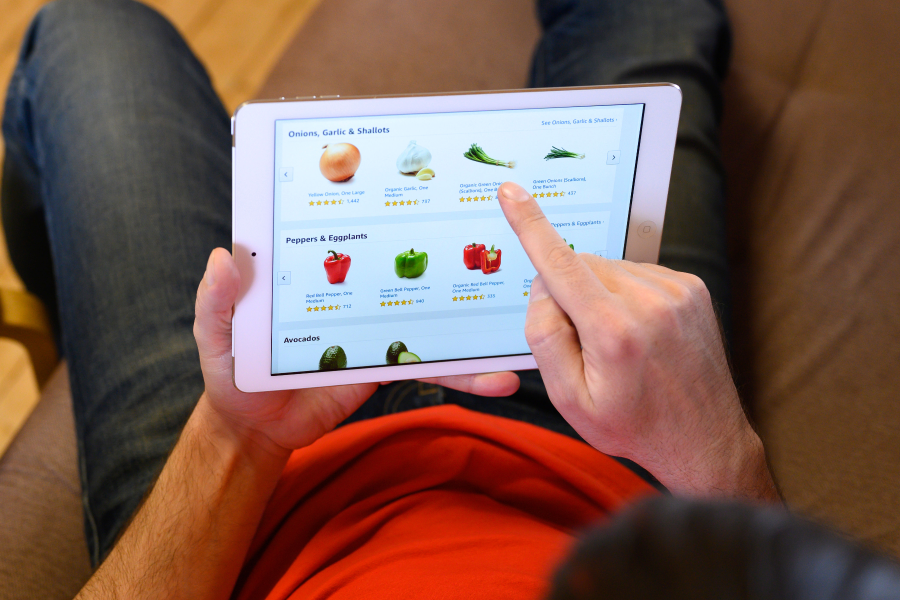
How Sustainable is Online Grocery Delivery?
The onset of the COVID-19 pandemic saw a marked surge of e-commerce and online grocery delivery services that has persisted past lockdown conditions. With this rise in use, researchers wondered what about the impacts on energy use, emissions, and traffic congestion, and whether there might be a way to manage and optimize deliveries better than current methods or a personal trip.
These questions drove the latest work by College of Engineering researchers that found that, most of the time, grocery delivery isn’t actually much better than most people are already doing themselves.
“Right now, most people go to the grocery store on their way home from work, or during off-peak hours,” said Destenie Nock, an assistant professor of civil and environmental engineering and engineering and public policy. “This is good because it doesn’t add to congestion on the roadways. Turns out most people already try to optimize their grocery trips.”
"It turns out most people already try to optimize their grocery trips."
Assistant Professor
Engineering and Public Policy, Civil and Environmental Engineering
This optimization is largely because most people plan personal grocery trips around their daily schedule, shopping at locations that fall within their normal route or going to the grocery store when there is little traffic on the road.
They used Seattle, Washington as a test bed, using publicly available data from the Puget Sound Regional Council (PSRC) for data and modeling tools to experiment with optimal delivery routing.
“Basically, the model treats the flow of vehicles traveling from one area to another like a fluid,” said Mateo Samudio, a PhD student in civil and environmental engineering.
They experimented with factors including:
- Batch size: how many grocery deliveries are made in one delivery route?
- Substitution rate: are online deliveries being substituted for personal grocery trips?
- Penetration rate: how many people in a given area are using online delivery?
- Delivery time: are orders being delivered during peak hour travel times?
- Grocery store location: is the customer ordering from the closest grocery store to their home?
- Trip type: was the grocery trip made on the way to other destinations or directly from home and back?
Few results when altering these factors showed any improvement in energy usage because deliveries replaced grocery trips when customers were on their way home from somewhere else. Even with high batch sizes of 10 groceries delivered per route, the results were net increases in emissions and energy use.
However, their results suggested that reduced congestion is possible when consumers buy from grocery distribution locations close to home for off-peak delivery times instead of, rather than in addition to, in-person grocery shopping. Local government and industry could also potentially encourage off-peak delivery times, bulk delivery orders, and nearby delivery locations.
The teams’ work provides a new tool that that PSRC and other metropolitan planning organizations will be able to use to integrate e-commerce and grocery delivery trends into the long range planning of the transportation system. Local agencies can use the insights from this study to design policies that will lead to a more sustainable and equitable transportation system.
In addition to Nock and Samudio, Corey Harper, assistant professor of civil and environmental engineering and the Heinz College; Greg Lowry, professor of civil and environmental engineering; and Jeremey Michalek, professor of engineering and public policy and mechanical engineering contributed to the research.
-----